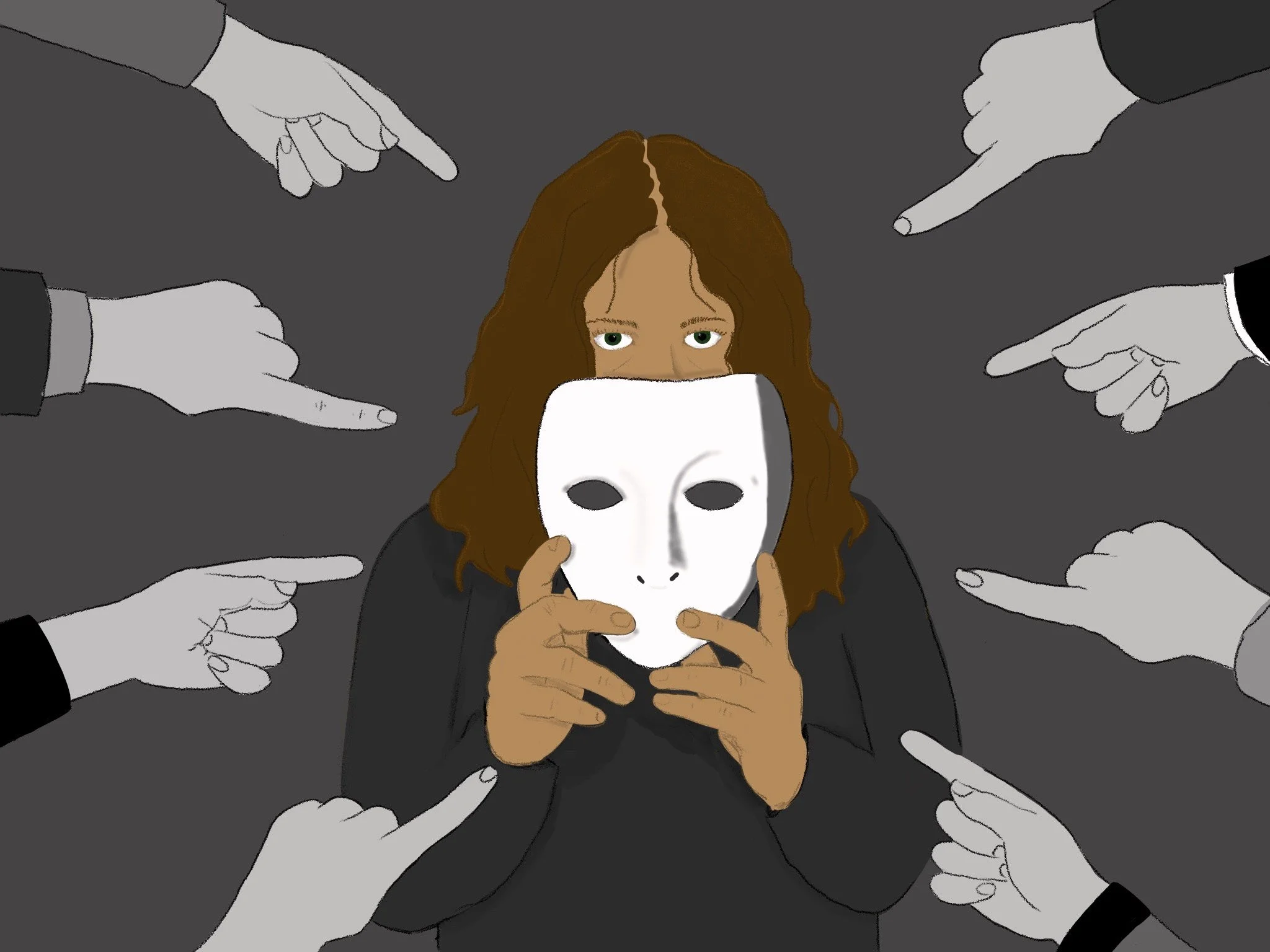Culture’s Impact on Women
Article by Lila Poore | Art by Jillian Hartshorne
For centuries, women have fought numerous battles concerning the lack of equality among men and women. A long generation of women has lent their hand in the cultivation of impartiality for women. Today’s women continue to fight the same battle, facing hardships including unequal pay, domestic violence, and discrimination. These hardships, back then, as well as today, are results of deeply rooted prejudices drawn from gender-discriminant cultural practices and misinterpretation of religious text. The influence of such practices works to diminish the concept and development of gender equality every day.
Gender-based violence was and continues to be a large part of cultural practices. Female Genital Mutilation (FGM), the removal of female genitalia for nonmedical reasons, has been experienced by 90% of girls in Guinea and Somalia. For some cultures, FGM was seen as a requirement for young women before they were married. Now, around four million girls a year are subjected to FGM. Not only does this severely dehumanize women, but it also causes many long-term health issues, which makes women more vulnerable and thus reliant on their partners. The continuation of such gender-based violences helps to create a dynamic in which men are in positions of power over women. Because of this practice’s long-term effects, it can lead to other issues that concern women today.
Unequal pay and treatment among women is still a pressing issue. It can be traced back to the practice of child marriage, where other women’s issues such as restricted access to education and excessive domestic labor have stemmed from. Millions of girls world-wide have been subject to marriages before the age of 18, even becoming pregnant and raising children before adulthood. This leaves no room for a girl’s education, thus hindering her ability to work and make a living. Women are then made to rely on their partners for basic needs, while she is seen as nothing more than a caregiver. However, these issues have been “justified” by non-contextual religious text.
Religious text is viewed as sacred and true, allowing it to be a common source for the rationalization of certain gestures. In Islam, the Quran is commonly used as a form of justification for the mistreatment of women, depicting them as objects meant to obey and submit to their husbands. This misinterpretation can be found in every religion and leads to destructive behaviours and ideas. People fail to recognize the more extensive idea and theme of a passage, taking lines or certain words and twisting them to favor their opinion. People continue to misinterpret religious text even now, making it harder to stray away from gender inequality.
Women still pursue the idea of defying and fighting the issue of gender inequality, but the root of the problem can be found in catastrophic and discriminatory practices. These rituals cause women issues such as long-term health defects, reliance on her partner, abuse, unequal pay, and many more. They affect the structure of today’s society, especially with many harmful cultural procedures still being practiced out of fear of facing ostracism. It’s crucial for our society that we recognize the effects of these cultural practices and learn how to extinguish them.
Sources
https://www.unicef.org/protection/harmful-practices
https://www.cfr.org/article/child-marriage
https://whenwomenspeak.net/blog/religious-texts-and-domestic-violence/
